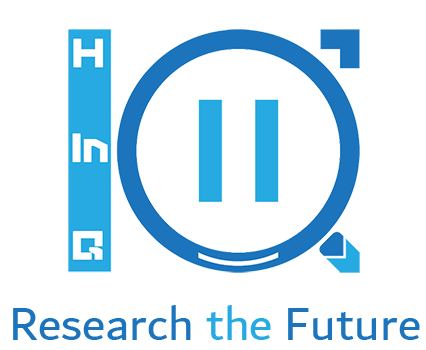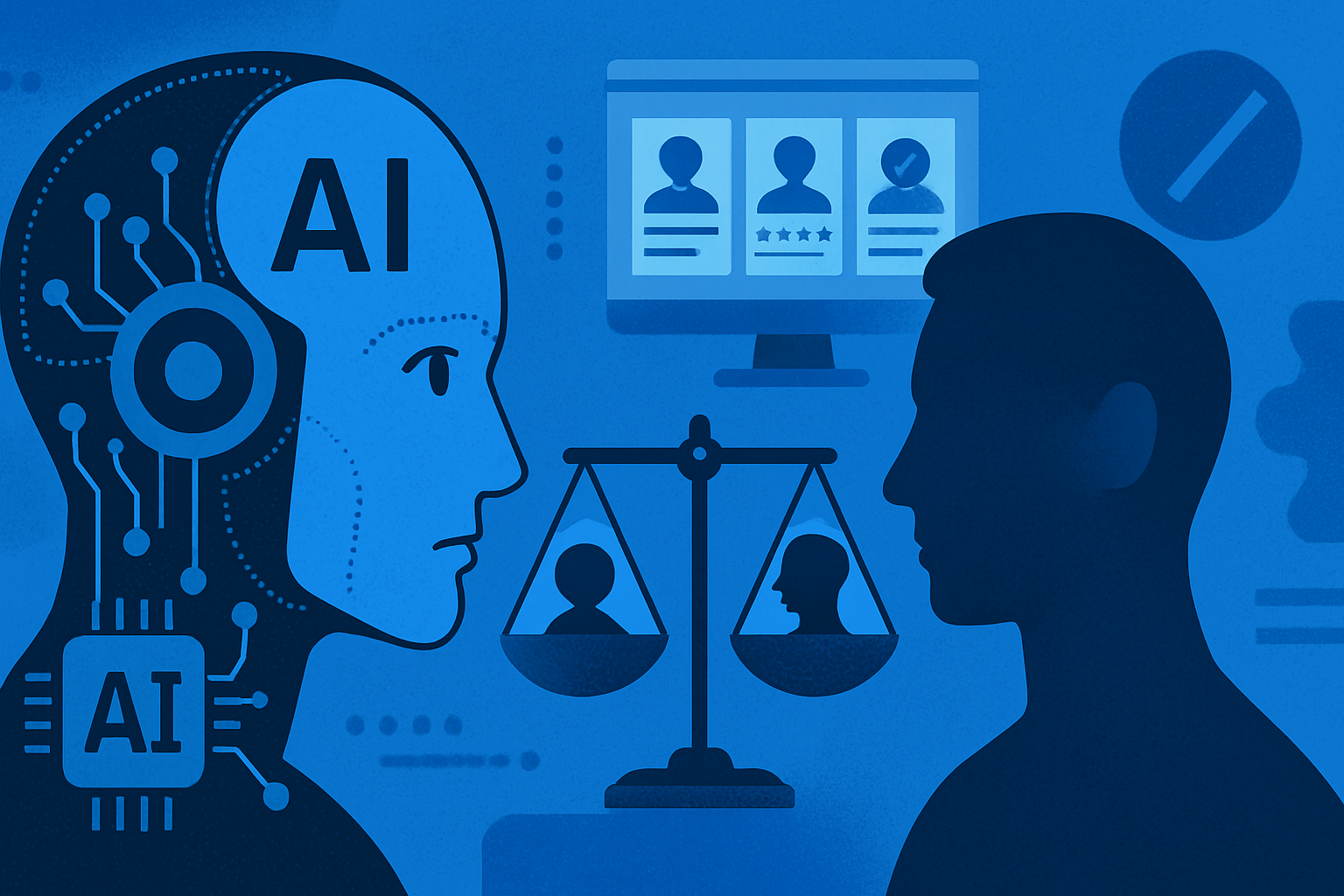AI Is Reshaping Hiring by Prioritizing Speed, Scale, and Surface Objectivity
AI-driven talent acquisition systems are now embedded in the recruitment strategies of leading companies. They are marketed as solutions to long-standing inefficiencies in hiring, offering rapid resume screening, automated interview scheduling, and predictive candidate scoring. These systems promise to reduce human error, eliminate inconsistencies, and streamline hiring pipelines across industries.
Organizations are drawn to these tools because they operate on a scale. A system that can analyze thousands of applications in minutes seems like a breakthrough in efficiency. HR departments under pressure to fill roles quickly are understandably turning to machine learning and natural language processing to evaluate qualifications, experience, and fit.
Alongside speed, there is also an assumption of objectivity. The algorithm is perceived as impartial, free from the subjective biases of human recruiters. This belief allows companies to present AI-enhanced hiring as fairer by default. The branding around these tools reinforces this image, presenting the technology as both modern and ethical.
However, this shift toward automation also changes the nature of recruitment. Decision-making is increasingly delegated to systems whose logic is not always transparent. While recruiters gain efficiency, they often lose visibility into how candidate rankings are generated. This trade-off sets the stage for deeper problems that go beyond speed and convenience.
Historical Bias Is Baked Into the Data That Trains These Hiring Algorithms
The datasets used to train AI hiring systems often reflect the past decisions and patterns of human recruiters. These records contain embedded preferences that shaped previous hiring outcomes. If certain groups were overlooked, undervalued, or penalized in historical data, the model will likely learn and replicate those patterns.
For example, if a company historically favored candidates from specific universities or penalized career gaps in women’s resumes, the algorithm may begin to score those factors in ways that reinforce past inequalities. This happens not because the model intends to discriminate, but because it is optimizing for patterns in data that were never neutral to begin with.
The problem is further compounded by the scale on which these systems operate. A biased human recruiter might affect a few candidates. A biased algorithm affects thousands. Once these systems are deployed, they can entrench bias quickly and silently. They may reinforce the very exclusion they were marketed to eliminate.
Fixing this issue is not as simple as adjusting inputs. The structure of many models makes it difficult to isolate where bias enters and how it influences outcomes. Without rethinking how data is selected, cleaned, and interpreted, these tools risk automating the very discrimination they were supposed to solve.
Many Systems Lack Auditing Tools to Catch or Correct Discrimination
AI tools in hiring are often adopted faster than they are tested. Many systems do not offer robust auditing mechanisms that can detect bias in real time. Without built-in transparency or explainability, recruiters and HR leaders are left to trust outputs they cannot verify or interpret.
This lack of visibility creates a serious accountability gap. If a candidate is rejected based on an algorithmic score, few organizations can explain how that score was calculated. In some cases, vendors claim proprietary protections over model architecture, further limiting internal review. This opacity makes it nearly impossible to identify whether certain groups are being unfairly screened out.
Even when audit tools are offered, they are often limited in scope. They might flag demographic imbalances but fail to account for intersectional bias or decision chains that span multiple stages of the recruitment process. Effective audits require detailed logging, clear reasoning paths, and access to the full data pipeline. Most commercial tools fall short of these standards.
Regulatory frameworks are beginning to demand more transparency, but enforcement remains inconsistent. Until clear auditability becomes a standard feature, the risk remains that these tools will make discriminatory decisions with no way to detect or correct them before damage is done.
Algorithmic Bias Is Often Framed as Neutral, Making It Harder to Spot
AI systems in hiring are frequently marketed as neutral intermediaries. They are positioned as tools that remove emotional judgment and replace it with objective analysis. This framing allows companies to trust the system’s decisions without questioning the foundations on which those decisions are made.
The appearance of neutrality is especially dangerous when it masks deeper issues. An algorithm might consistently favor one demographic over another without showing any obvious pattern on the surface. This is because complex models often rely on proxy variables, subtle signals that may unintentionally correlate with race, gender, or socioeconomic status. These correlations can introduce discrimination into the decision-making process without being flagged by standard metrics.
When recruiters believe that AI removes bias, they may stop questioning outcomes. This overconfidence in the system can lead to reduced human oversight and fewer opportunities to correct errors. It creates a false sense of security that discourages deeper engagement with the ethical implications of automated hiring.
Technology does not need to be malicious to be harmful. Its ability to scale decisions across thousands of applicants amplifies every flaw. When bias is hidden behind layers of code and statistical output, it becomes more difficult to challenge, more difficult to trace, and ultimately, more difficult to stop.
Human Oversight Remains Essential for Fair and Accountable Hiring
Despite the growing role of AI in hiring, human oversight remains a critical safeguard. People bring context, empathy, and situational awareness that machines cannot replicate. They can question decisions, interpret ambiguity, and recognize nuance that algorithms are not equipped to handle.
Delegating hiring decisions entirely to machines removes these qualities from the process. It limits opportunities to intervene when something seems off or when a candidate’s story does not fit the data-driven mold. This is especially important in diverse hiring environments where rigid patterns may overlook nontraditional career paths or undervalue unconventional skillsets.
Organizations that embrace AI without structured oversight expose themselves to reputational and legal risks. Missteps in automated hiring can lead to public backlash, lawsuits, and long-term damage to employer branding. These outcomes are not rare. They stem from a failure to design systems that combine machine learning with responsible human input.
A balanced approach requires organizational commitment to fairness. This means training staff to understand AI tools, establishing protocols for reviewing automated decisions, and building cross-functional teams to monitor outcomes. The goal is not to replace people, but to equip them with tools that extend their capacity without surrendering control.
AI in Talent Acquisition Will Fail Without Radical Transparency and Ethics
As AI continues to shape recruitment, the need for transparent and ethical frameworks has become urgent. Systems that screen, rank, and reject candidates must be open to scrutiny from those who deploy them and those they affect. Without this visibility, claims of fairness and efficiency remain unproven.
Transparency means more than publishing technical white papers. It requires clear documentation of how models are trained, what data they use, and how decisions are made. It involves open channels for feedback, appeals, and redress when outcomes appear biased or unjust. Ethics in AI hiring is not an abstract ideal. It is a practical requirement for building systems that serve diverse and complex human populations.
Organizations that implement AI without these foundations risk turning hiring into a process driven by opacity and exclusion. They may optimize for cost and speed but lose sight of values like equity, inclusion, and accountability. This approach is unsustainable in a climate of growing regulatory scrutiny and public awareness.
The future of AI in recruitment depends on a shift in priorities. Instead of viewing fairness as a secondary concern, it must become a core design principle. Otherwise, talent acquisition will not become smarter. It will become more efficient at repeating the same mistakes at scale.
Ressources:
- Why is Explainable AI Important for HR – myHRfuture
- The Ethics of AI in Recruitment: Balancing Efficiency and Fairness – HR Personnel Services
- Digital Analytics Insights – H‑in‑Q



